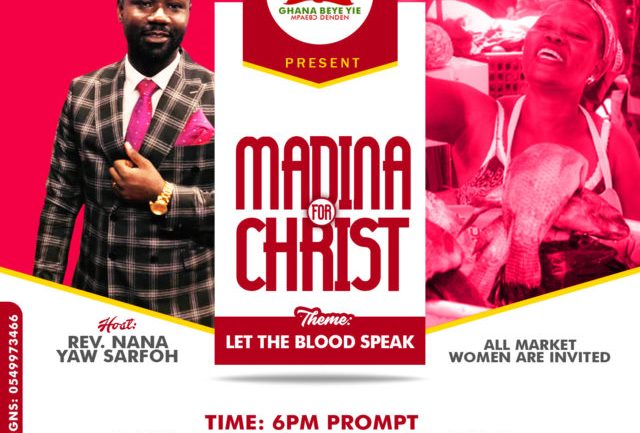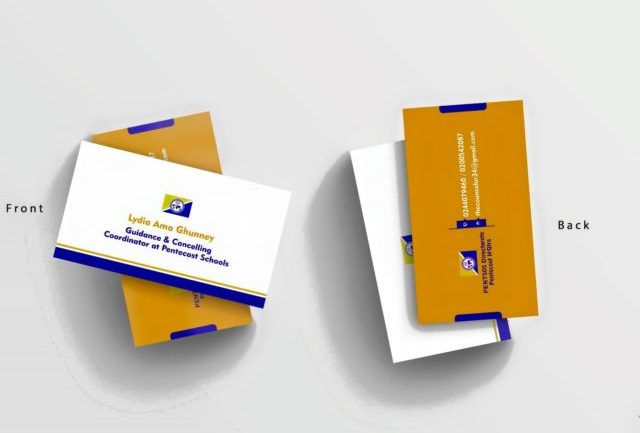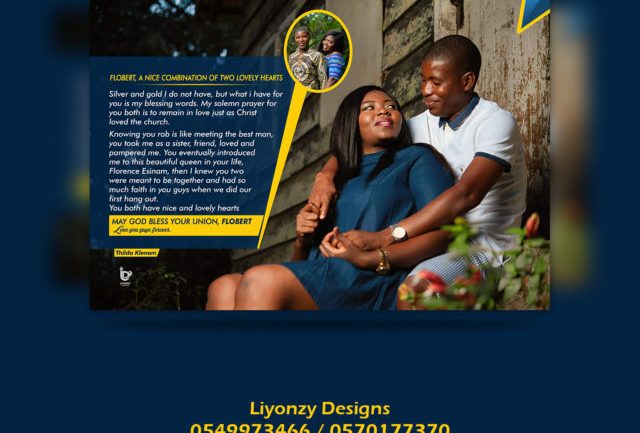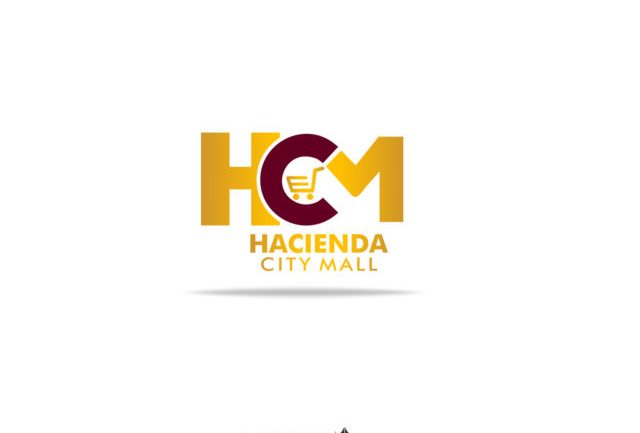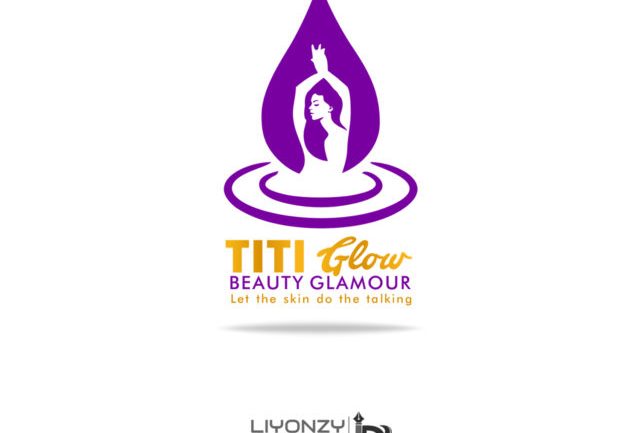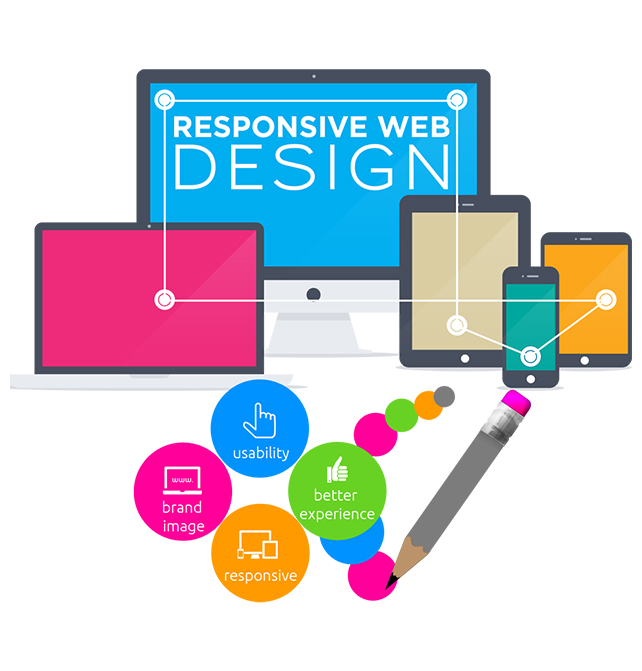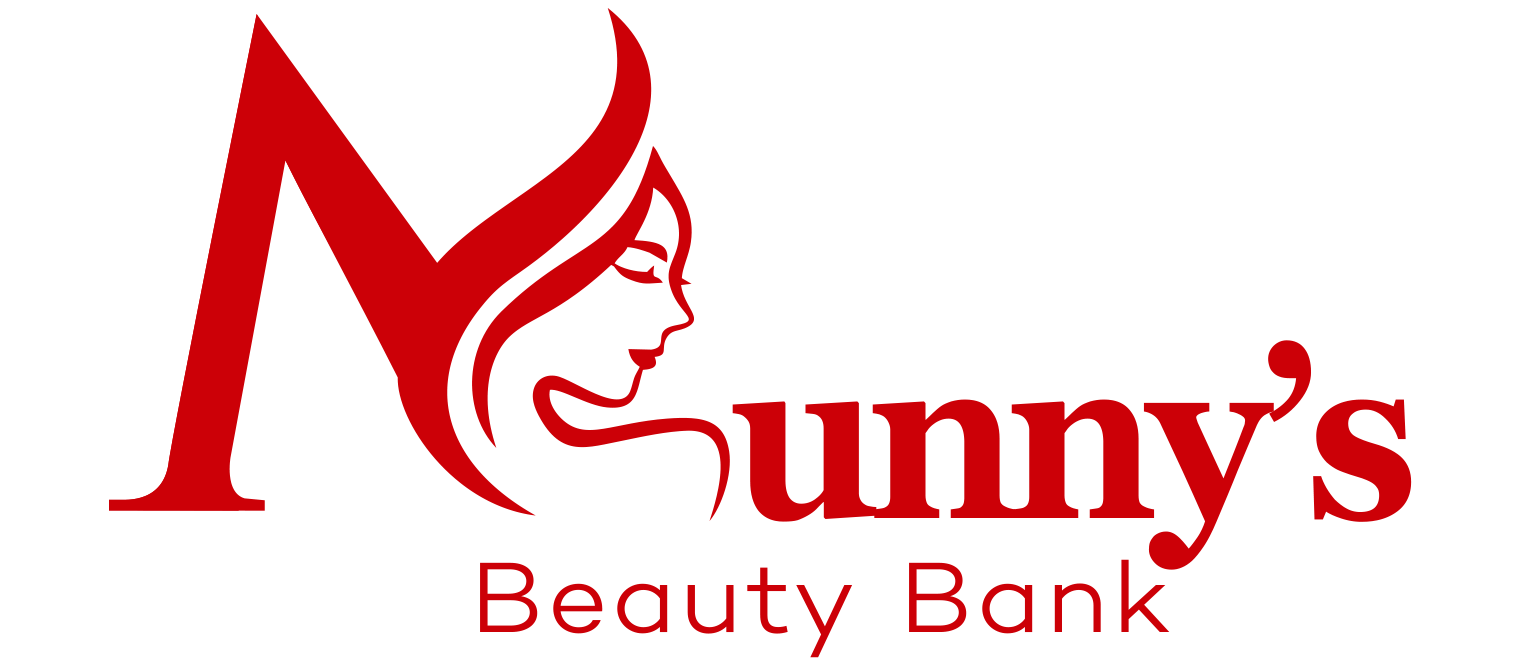WHO WE ARE?
We have over a decade of experience in website design and development in the Ghanaian industry with a history of over 500 successful work done for our clients Ghana and Nigeria. We Design a Responsive Website for your Business, Churches ect.. We help companies understand, build and express their message to support communication and business processes into a single marketing strategy. A leading creative graphic and web design company specializing in result driven website design and digital solutions We have extensive experience working with small to medium sized businesses. We help small businesses achieve success on the web and their business operations. Whether you want to market your brick and mortar business on-line or run an entirely web based application in your business. It is our belief that a company’s website should be its biggest asset, and it is our number one goal to make that the case for you. We believe that our strategy, and above all our team, makes us the number one choice in Africa. We are helping businesses of all sizes in Ghana to build up a professional presence in Ghana and on the World Wide Web, with the design or revamp of their website. As a Graphic and Website Designs company, we are passionate about our works. By connecting our intelligently, we help brands succeed online with strategic approach to digital problem solving
-
Leverage agile frameworks to provide a robust synopsis for high level overviews.
-
Bring to the table win-win survival strategies to ensure proactive domination.
-
Capitalise on low hanging fruit to identify a ballpark value added activity to beta test.
-
Podcasting operational change management inside of workflows.








